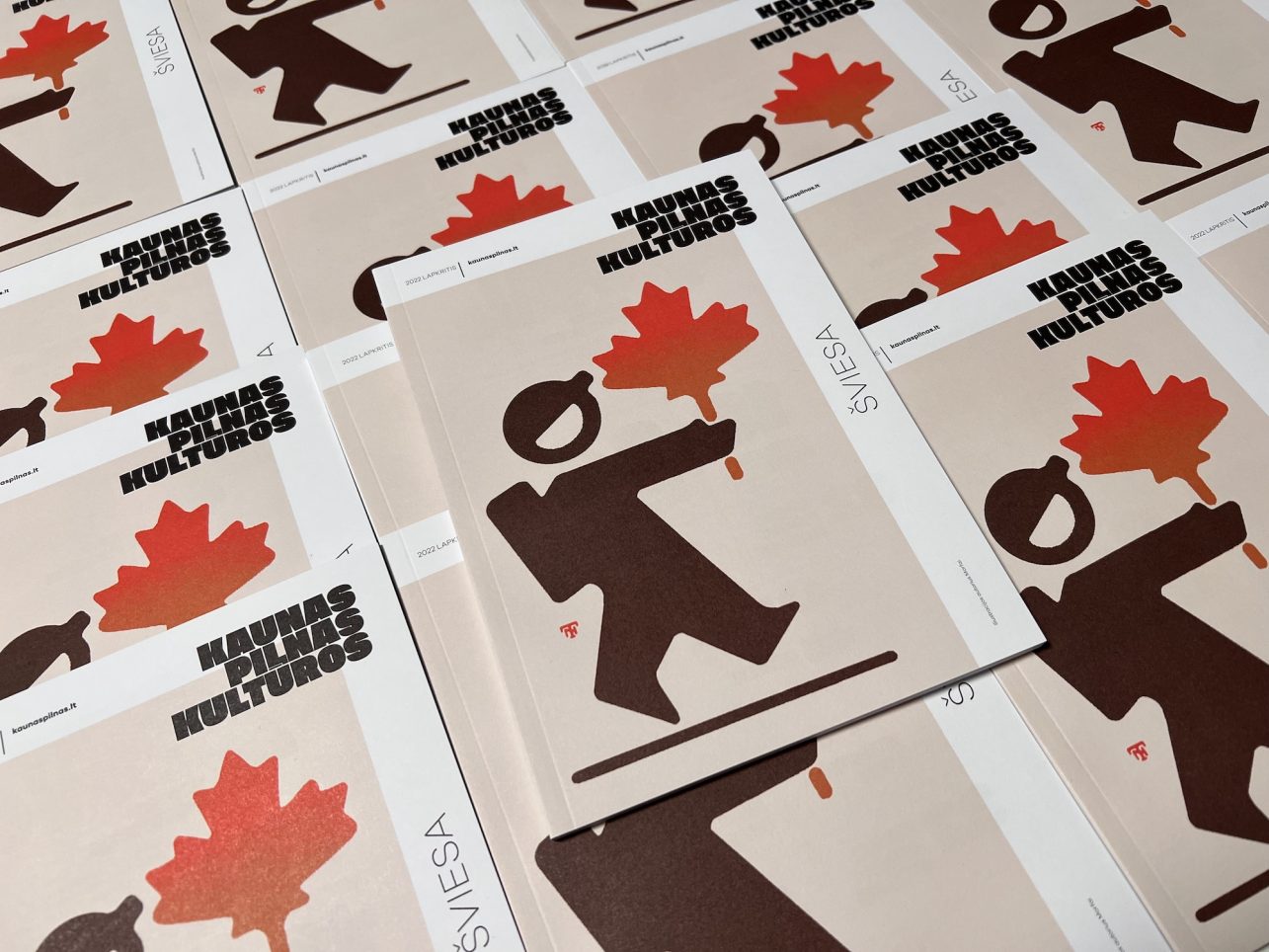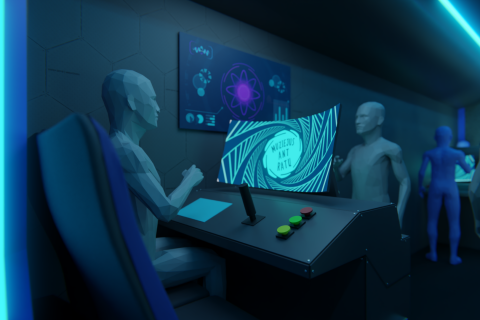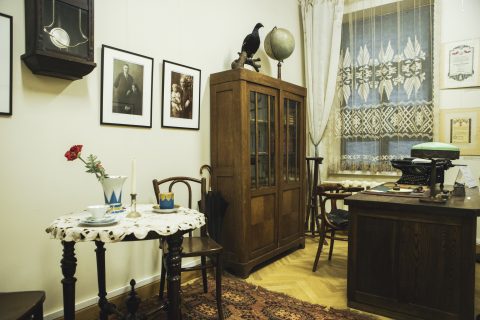In this time of excess, when courses, seminars, lectures, and even more so books from all over the world are available at the click of a few buttons, it is good to remember that this was not always the case. The people of the First Republic (and other states that declared independence after the First World War), who, started building a new city and country (not really from scratch, but one could say that in an almost wasteland) had to deal with many issues including public hygiene, health, leisure and education.
From the basic need for classrooms after the mandatory elementary education was introduced, to textbook publishing – the enthusiasts of national pedagogy certainly had work to do and they had a lot of freedom. It seems that the foundations are not that bad – the schools, which sprung up between the wars, designed by prominent architects, are still standing (except one). Žalgiris Arena was almost full during the Teachers’ Day celebration and three independent institutions of higher education emerged from one Lithuanian university founded a hundred years ago. Interwar Student map published by Vytautas Magnus University and Kaunas IN, reveals a qualitative and quantitative change in educational opportunities.

But this time, we will not talk about freely chosen studies but about education that is necessary for everyone. “Mandatory” is a really strong word and it doesn’t sit well with any of the personalities interviewed for or discussed in this issue. Vincas Ruzgas, a true educator, who inspired the topic and has done, founded, came up with and headed many important things, did not do all that because he wanted it to be mandatory.
Thanks to V. Ruzgas, this year, two institutions operating in our city, can be found on the calendar celebrating their centenaries. These are: the Museum of Lithuanian Education History – not much younger than its neighbours Vytautas the Great Museum and M. K. Čiurlionis National Museum of Art – and Vincas Kudirka Public Library of Kaunas City Municipality. Both anniversaries will be celebrated on November 18. The head of the museum Jolita Rudgalvienė tells us in this issue, why precisely on this day.
We also went to the library – even to two of its branches, one of which we really wanted to enter through the window, and in the other, the interviewer actually welcomed us by the window. We congratulated Gražvyda Andrijauskaitė, one of the 5 teachers of the year, visited modernist schools (perhaps you will check them out too?) and talked openly with Sandra Karnilavičiūtė, who recently moved to Vilnius. She used to play school even during summer vacation. Perhaps these were the kind of kids that V. Ruzgas worked for.
P. S. We thank the street artist Morfai for the cover and he, in turn, thanks the publishing house Šviesa for allowing him to interpret its iconic logo in an autumnal way. It was created by the artist Gediminas Pempė and then approved in 1964.




